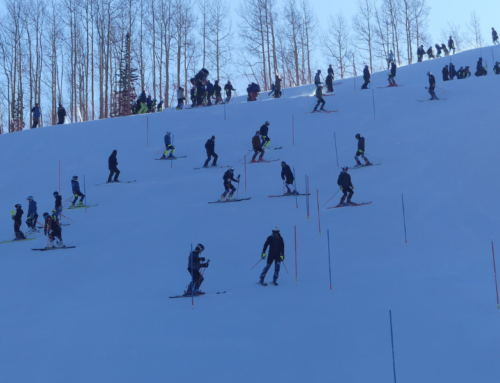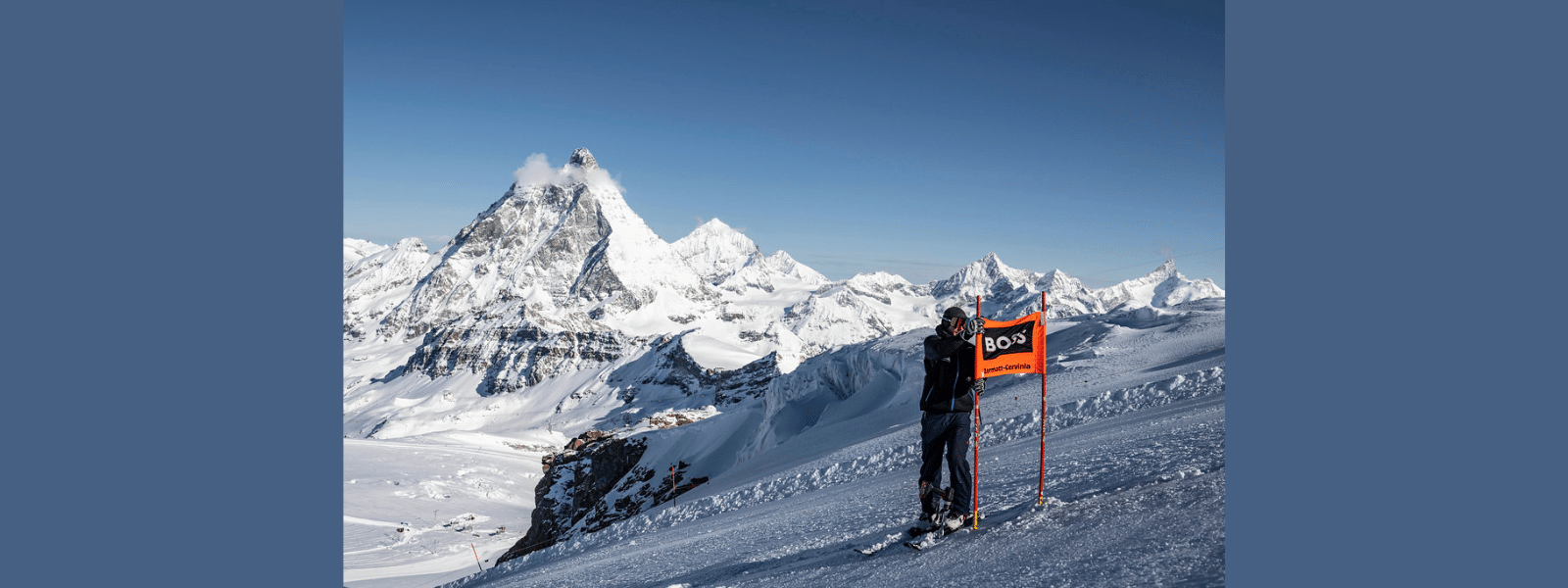Dec. 1: Mother Nature may have biggest say in Birds of Prey downhill
Dec. 1: Mother Nature may have biggest say in Birds of Prey downhill{mosimage}Depending on who you ask, the flagship of the World Cup Beaver Creek race series, the Visa Birds of Prey downhill, is in serious jeopardy.
Today’s super G was plagued by strong winds, snow and visibility that often dropped to near zero (just ask Bode Miller), and the forecast doesn’t look encouraging for tomorrow. Another front is expected to roll in from California, and 10 to 30 centimeters of new snow (4 to 12 inches) are expected to fall overnight, and into tomorrow, and up to 75 centimeters (30 inches) in the next three days. Winds could worsen as well.
While the snow certainly doesn’t make life very easy for athletes or course workers, it’s the wind and the blowing snow that is the real concern, especially with the downhill’s higher, more exposed start. The discipline is also a bit more fickle in the conditions it demands. “The downhill is a lot higher speed and bigger air, so in weather like this, you wouldn’t be able to run a downhill,” said Marco Sullivan after the super G.
At 5 p.m., the snowfall had weakened. But it could, quite literally, be the calm before the storm. Even if the conditions worsen overnight and into tomorrow, organizers do have backup plans. The first is to lower the start.
“The only thing they could do is use the lower start right at the Brink, but they wouldn’t run it in this much wind,” said American Justin Johnson in the finish of the super G. “With the airs and the wind, that’s just too dangerous.”
With only one training run in completely different conditions in the books, if the race does go off, it’s wide-open. Last year, Bode Miller was so hot, the results were nearly a foregone concluson, the race just a formality — much to the delight of the home crowd.
Twelve months ago, he had won three of the first four races; this year, MIller comes into the downhill fresh off a DNF, an 18th and a 22nd. Still, no one’s faster when they’re on. He’ll run 29th.
You can probably reserve a spot on the podium for at least one Austrian, as it seems unlikely that both the ever-steady Michael Walchhofer, last year’s overall downhill champion, and Hermann Maier (owner of three Beaver Creek downhill wins) won’t crack the top three. Plus their teammate, Fritz Strobl, won the first downhill of the season in Lake Louise.
Probably the hottest skier on the tour is Norway’s Aksel Lund Svindel, but even his “hot streak” pales in comparision to Miller’s of last year. Walchhofer will go 30th, Maier 26th, Strobl 28th and Svindal 12th.
One guy who can count on the support of the home crowd is Daron Rahlves. Second a year ago, Rahlves was already looking ahread to the downhill, just 10 minutes after his super G run was over. “I wanted to win this one, but I guess it gives a little more incentive to come back tomorrow and hammer,” he said. Rahlves will start 27th.
Canada’s Erik Guay, one of today’s surprise finishers, doesn’t necessarily expect to match his second-place finish from today. “Downhill is a tough one,” he said after the super G. “It’s been really tough for me in the past here. I’ve always finished around 30th. … But the way I’m skiing right now, I think I can ski top 15, top 10.
Guay took advantage of a middle-of-the-top-30 start number in the super G, and start order could be a big factor tomorrow as well. It will be tricky to find the right touch, as the base layer is rock solid, but the fresh snow will pile up on the flats, calling for a lighter touch. Rahlves also pointed to the importance of line in conditions like these.
“The conditions play a litle bit of a part in it,” Rahlves said. “You might want to swing up from behind in a few spots, especially where there were problems in the super G today. If it’s soft snow, you don’t want to get outside the track.”
Wind (and luck) can be a great equalizer, and could ultimately be the deciding factor, as those who get a break from the gusts, and can see the track, will have the advantage. The scene is ripe for an upset. If the race gets off at all.





















